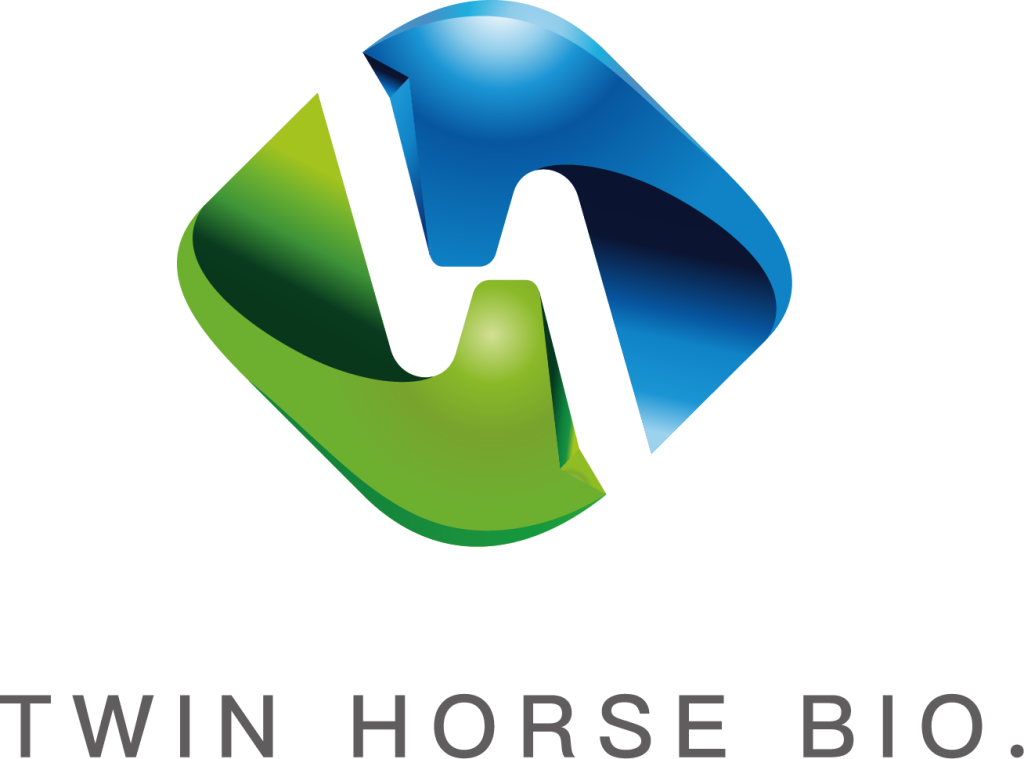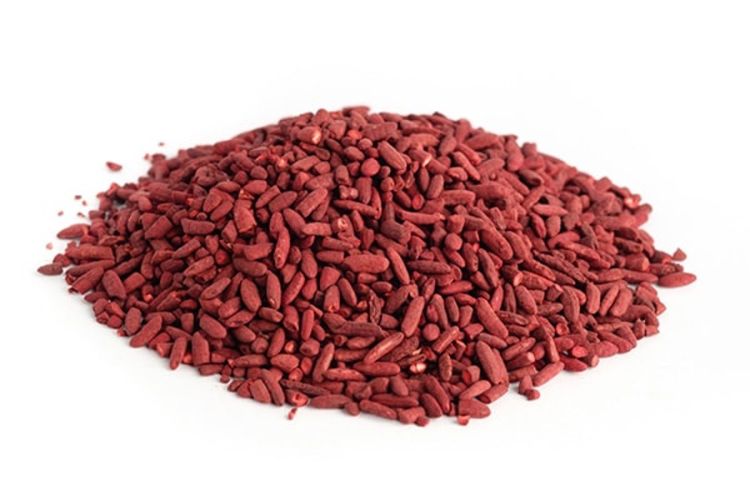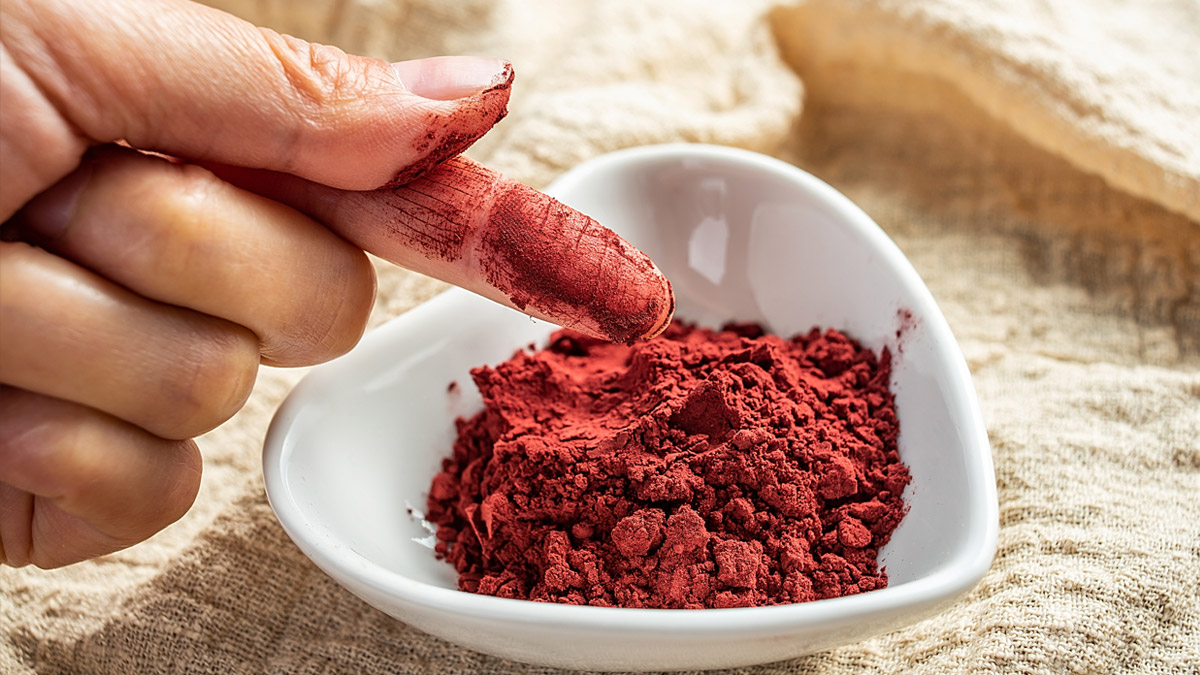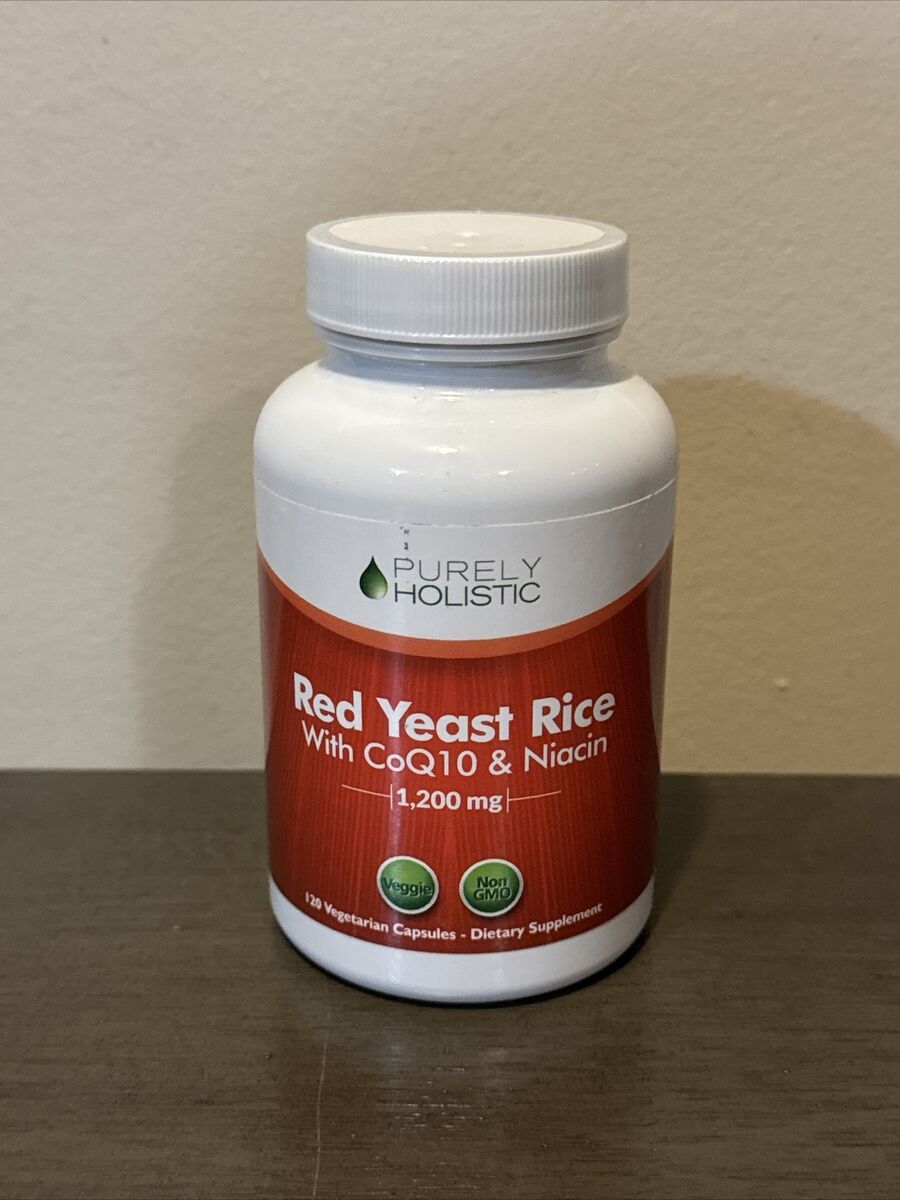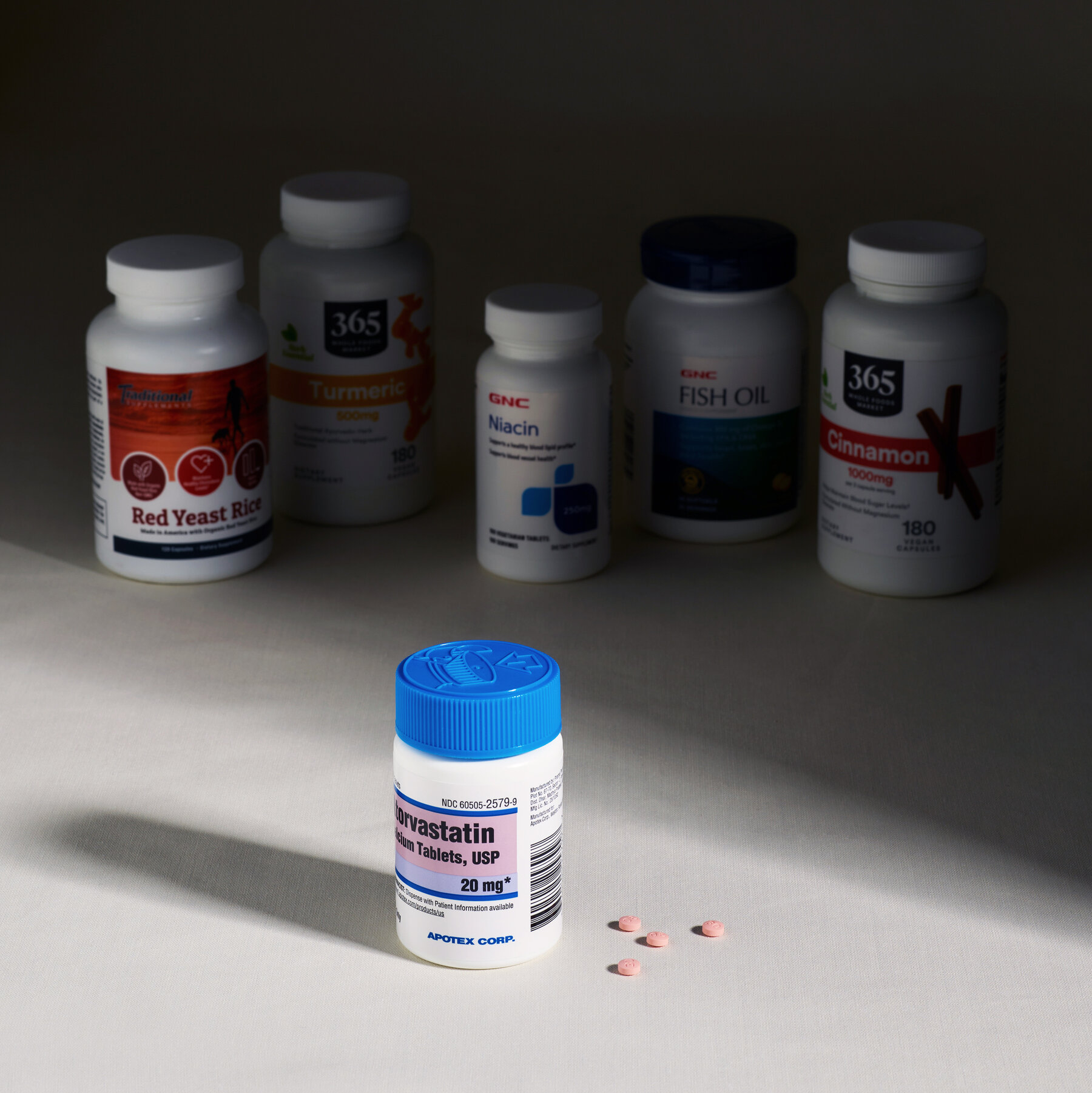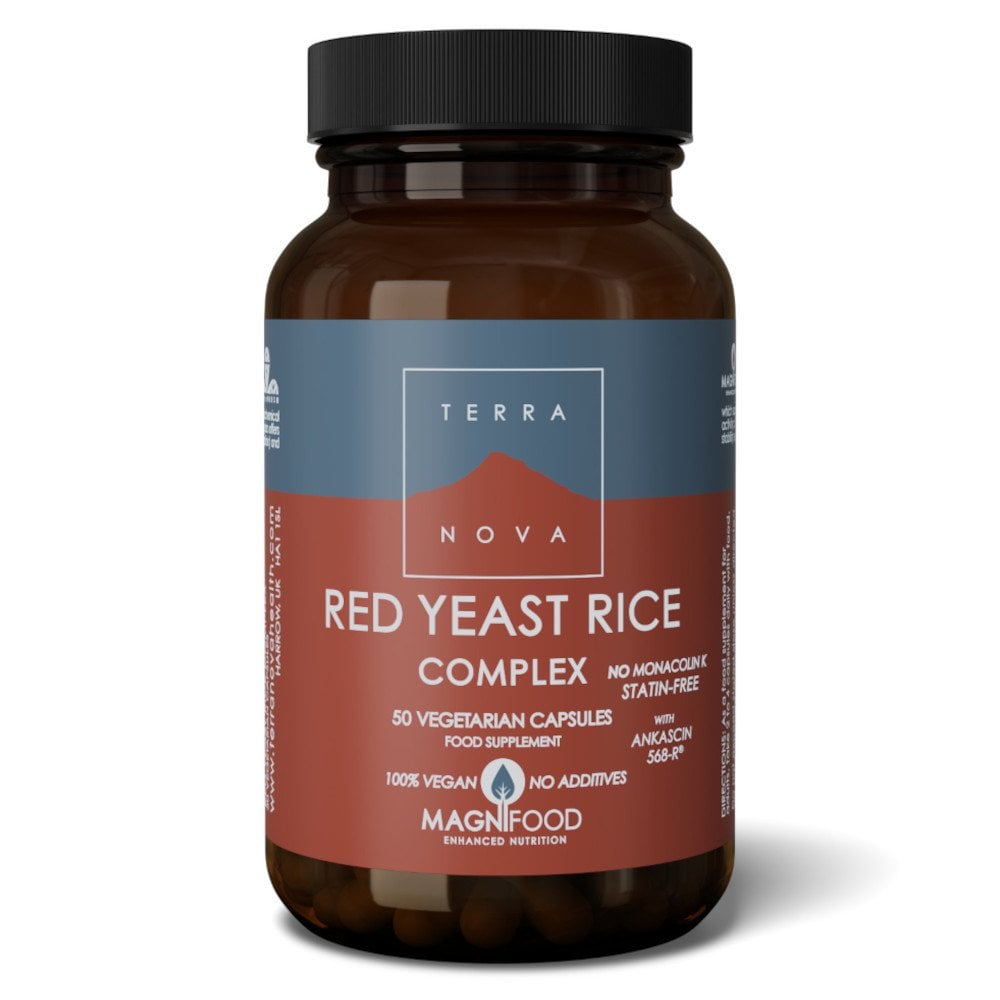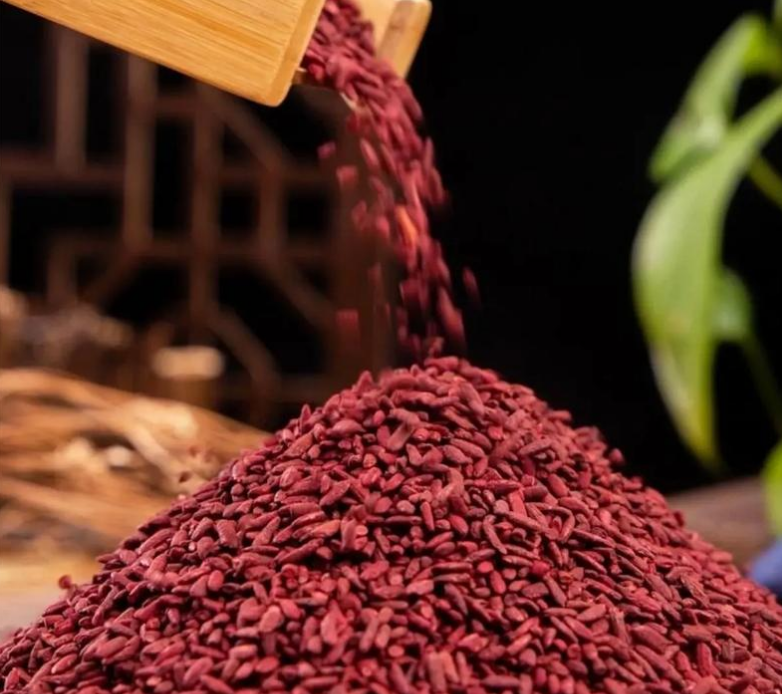Red yeast rice can lower LDL cholesterol by 15–25% within 2–3 months when taken at a daily dose of 1.2–2.4 grams. For best results, pair it with a low-fat diet and regular exercise. Studies show sustained reductions of 30–40% after one year of consistent use.
2–4 Weeks
One study, using 1.2 grams of red yeast rice, published in the Journal of Clinical Lipidology, realized an average 15% reduction in LDL cholesterol in as little as three weeks. For someone with an initial level of 200 mg/dL, this is considered about a 30 mg/dL drop. Also, HDL cholesterol increased by 5 to 7% in this same study.
A high-quality bottle of red yeast rice supplements, containing a one-month supply, costs roughly in the range of $30-$50. In contrast, statins, for example, atorvastatin or rosuvastatin, may cost upwards of $100-$250 per month without insurance. Results from a consumer survey: 500 users responded, and of those, 67% of users noted significant improvements in cholesterol within the first month, which is in line with clinical data and real-world practical efficacy.
In one meta-analysis of 12 randomized trials including more than 1,500 subjects, it was also noted that triglycerides decreased an average of 8-10% over the same timeframe of 2-4 weeks. For example, this would decrease a patient’s triglyceride level from 180 mg/dL to approximately 162 mg/dL, thereby decreasing the risk of complications such as pancreatitis.
A longitudinal case study followed 100 individuals over four weeks and reported that those who combined red yeast rice supplementation with 30 minutes of daily exercise realized LDL reductions of up to 20%, nearly double the average rate of those relying on the supplement alone. Dietary improvements, such as reducing saturated fat intake by 20–30 grams daily, also enhanced outcomes.
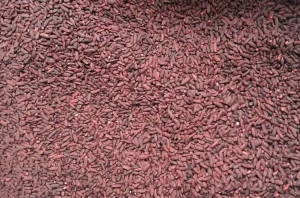
6 Weeks
The annual cost of supplementing with red yeast rice is about $360, assuming the average monthly cost is $30. Prescription statins can be over $1,800 yearly without insurance, depending on the brand and dosage.
In a meta-analysis on lipid-lowering supplements, it was stated that six weeks of supplementation with red yeast rice can cause reductions of 10-15% or more. This would equate to an individual with an initial triglyceride level of 200 mg/dL, for instance, being reduced to about 170–180 mg/dL. One of the cases indeed recorded was that of a 45-year-old patient treated with red yeast rice in combination with regular aerobic exercise for 30 minutes, five times per week, and achieved a 25% reduction in triglycerides and an 8% increase in HDL during this time.
8 Weeks (2 Months)
In a large-scale study involving 1,200 subjects, there was an average 25% reduction in LDL cholesterol after two months of supplementation with 1.5 grams of red yeast rice daily. For a patient starting with an LDL level of 200 mg/dL, this equates to a reduction of 50 mg/dL, bringing their levels closer to optimal ranges. Total cholesterol levels fell by 22%, while triglycerides showed an average 15% decrease.
For over two months, high-quality supplements of red yeast rice would be in the range of $60–$80 at $30–$40 a month. In comparison, prescription statins like atorvastatin could be as high as $200–$400 for a two-month supply for those without insurance.
A clinical trial also demonstrated that the intake of red yeast rice was associated with a 30% reduction in the risk of cardiovascular events after eight consecutive weeks. A patient who had an initial HDL of 40 mg/dL could experience an increase to 43–44 mg/dL-a further reduction in the risk of heart disease.
In one case, a 52-year-old patient combined red yeast rice with a Mediterranean diet and daily brisk walking. LDL cholesterol fell from 190 mg/dL to 140 mg/dL over eight weeks—a 26% reduction. Triglycerides improved from 180 mg/dL to 150 mg/dL, and total cholesterol decreased from 260 mg/dL to 200 mg/dL.
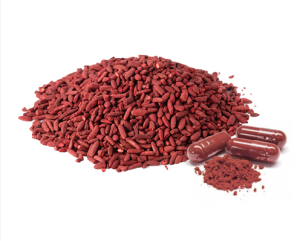
12 Weeks (3 Months)
A meta-analysis of 21 clinical trials among >5,000 subjects revealed that LDL cholesterol was reduced on average by 30–35% after three months. If someone had an LDL cholesterol of 180 mg/dl it would decrease to about 117–126 mg/dl. On average the total cholesterol would decrease by 28% and triglycerides also decreased on average by 15–20%.
A 90-day supply generally costs $90–$120, depending on the brand and dosage, while prescription statins can cost upwards of $300–$600 for the same time period. Consumer feedback surveys demonstrate that 78% of users found red yeast rice to be a cost-effective alternative, while 85% reported improved cholesterol readings within this time frame.
In an attempt to explore the cardiovascular health benefits of this product, a longitudinal study in The American Journal of Cardiology revealed that users who combined red yeast rice supplementation with lifestyle changes like low-fat diets and exercise for three months showed a 40% decrease in major cardiovascular events. As such, for example, a patient aged 50 years with a family history of atherosclerotic cardiovascular disease managed to reduce his LDL cholesterol from 220 mg/dL to 150 mg/dL in a period of 12 weeks. His 10-year risk for a heart attack was calculated via the ASCVD risk score:.
6 Months
In one study of 2,500 individuals, the administration of 1.5 grams of red yeast rice daily for six months was associated with an average LDL cholesterol reduction of 35–40%. For a subject with an initial LDL level of 180 mg/dL, this translates into a reduction to about 108–117 mg/dL. Total cholesterol levels similarly declined by 30%, and triglycerides by 20%.
A six-month trial amongst patients on red yeast rice revealed a 45% decrease in major cardiovascular events such as heart attacks and strokes, compared to controls. For instance, a 55-year-old man with a family history of cardiovascular diseases had his LDL cholesterol drop from 200 mg/dL to 120 mg/dL and his HDL increase from 40 mg/dL to 48 mg/dL after six months of regular use.
Patients who took red yeast rice in combination with a Mediterranean diet and 30 minutes of daily exercise saw LDL reductions of up to 45%, while those who used the supplement only saw LDL reductions of 30–35%. In the analysis of 25 commercial red yeast rice products in 2022, it was determined that 80% of them met the industrial standards for monacolin K content, and high-quality supplements provided consistent results. Regular monitoring of lipids every eight weeks during this six-month period allows for personalized adjustments.
1 Year
A study of 3,000 patients over the course of a year that was published in the Journal of Lipid Research demonstrated a net average reduction in LDL cholesterol of 35–45%. For a patient with an initial LDL level of 200 mg/dL, this is reduced to 110–130 mg/dL, substantially lowering the risk of cardiovascular events by approximately 30–40%, as estimated by 10-year risk calculators like the ASCVD risk estimator. In patients, total cholesterol was reduced by 30–35%, while HDL cholesterol was increased by 10–15%.
A meta-analysis of 15 studies was performed that followed patients for up to one year; major adverse cardiovascular events, including heart attacks and strokes, were found to be reduced by 50%. There were sustained benefits seen in triglycerides, including reductions of 25–30%, which were especially beneficial among patients with metabolic syndrome. A 60-year-old female with a triglyceride level of 250 mg/dL had her level reduced to 175 mg/dL after one year of supplementation when combined with a low-carb diet and walking on a regular basis.
In a corporate wellness program with 1,000 employees, participants taking red yeast rice for one year saw LDL reductions averaging 40%, total cholesterol was down 35%, and triglycerides were down 25%. The program also documented a 20% decrease in sick days related to cardiovascular conditions. HDL cholesterol, which is often difficult to improve, increased by 12–15%.
